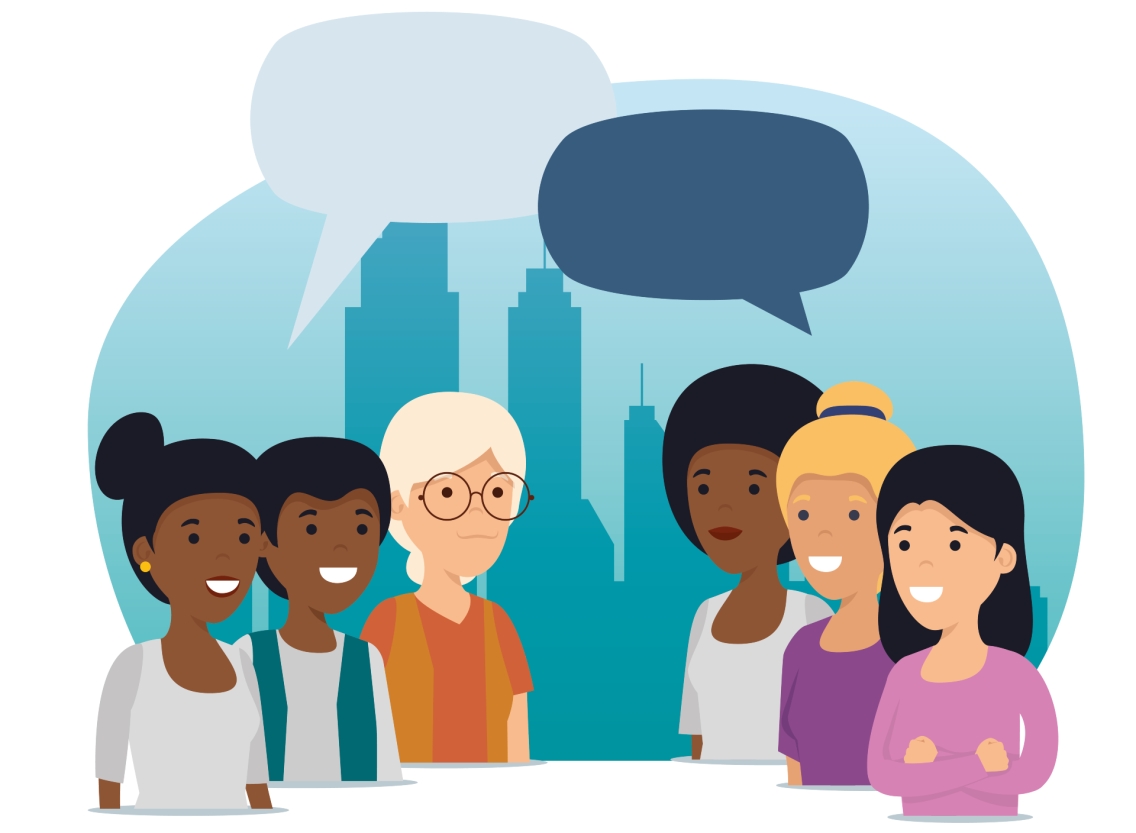Presentations Reflections
Reflection on Group Presentations
In class, all groups had to present on different yet interesting topics, but all dealing with the same idea, communication. Communicating effectively is most probably one of the most important things, when it comes to things like relationships, work settings, school settings etc. No matter whether the type of communication is nonverbal or verbal it's still important to have communication, and to be good at it.
Personally, I think I have good communication and social skills, I can talk to people very easily new or not, and I can communicate effectively when it comes to work and school settings. It's a skill i'm proud I have naturally and didn't have to build courage to learn or overcome anything to get to how I am now. But communication doesn't only need to refer to group settings, it's also important to different cultures because of how many different languages there are in the world, and in todays world, knowing two languages or more is probably one of the greatest skills you can have because of how diverse the world is now and ho useful knowing multiple languages can be in certain situations.
Chapter 3: Intercultural Communication
Group 1 presented Intercultural Communication, in which their objective was to define the role of communication in culture, explain the relationship between dominant and co cultures, the seven dimensions in which cultures differ, and describe the inherent barriers in intercultural communication and practice methods to improve intercultural communication competence. Many cultures have different beliefs, religions, ways of life, norms, values and languages which is what makes them all so unique and what also makes it so important to try to gain an understanding of some of them.
In their presentation they talked about intercultural communication, it occurs when two people from different cultures communicate, and how some effective communicators when dealing with a different culture can be understanding what a culture is, understand how cultures differ from each other, and realize how the differences influence communication, but sometimes this can be a little difficult for people and they can experience "culture shock." Culture shock is a phycological discomfort when engaging in a new cultural situation, and can be pretty common depending on the type of person engaging with the culture. If the person is very open minded then they shouldn't have any problem communication but if the person is very closed off I can see why they would have some trouble communicating and why they would experience "culture shock."
In a country there can be two different types of cultures, dominant cultures, and co cultures. Dominant cultures are a learned system of norms held by the majority group of empowered people in a society, and co cultures and a group of people within the larger group with values, beliefs, attitudes, and customs that are different from the more dominant group. These two cultures can lead to shape a persons cultural identity.
Group 1 did an amazing job presenting this, it was very intriguing learning about different cultures.
Chapter 9: Communication in Groups
My group was the one that presented this topic, and i'm glad we got this one because it was very interesting. Communication in groups is sometimes crucial, especially if it's a work settings and you need to get an important project or paper done effectively and efficiently. We presented about the different types of groups that we can be in and how to effectively communicate in them. I'm glad we got this topic because everyone can relate to this chapter. Everyone has a group, whether it be family, friends, work or even virtual.
Depending on what type of group you're in depends on how you will communicate, for example, with family or friend groups you can be yourself and let loose because you're around people you're comfortable with, but with more formal situations like work meetings, you have to be very formal and serious because you will be dealing with situations where you will have to be very attentive and make sure you get done what you have to get done.
My favorite type of group that we presented had to be support groups. These type of groups show that there are people that genuinely want others to get better and succeed in life no matter what problem or addiction they're dealing with. Personally, I have never had to go to a support group or have anyone close to me have to go to one but I appreciate support groups because of how helpful they could actually be towards people that need the help.
Chapter 10: Group Leadership and Problem Solving
Group 3 presented group leadership and problem solving. They explained how leadership functions in teams, how to run effective meetings, communicate group solutions in a variety of formats, and how to evaluate group effectiveness using key criteria. They noted that there were two different types of leaders in a group, formal leader, which is the one chosen to facilitate the group process, and an informal emergent leader, who helps lead the group to achieve different leadership functions
Leadership is the most important role when it comes to groups. They are the ones that are in responsibility for most things and the one that need to make sure everything is in check and that there are no problems in the process. If there is a problem, then they would have to analyze the problem, which involve members of the group sharing information they already know about the problem and coming to a conclusion to fix it. This then leads to the group members being able to share ideas to find a solution to the problem they have.
They also talked about deliverables, which are tangible or intangible products of ones work that must be provided to someone else. These deliverables can be communicated in many different ways, such as written formats, like written briefs or comprehensive reports, oral formats like, an oral brief, oral report, panel discussion or symposium, and lastly virtual formats for example, remote access report (RAR) and streaming videos.
Group 3's presentation on leadership and problem solving was interesting in the way we got to see what part a leader plays while in a group.
Conclusion
All groups had interesting topics that all dealt with communication. My favorite had to be Group 1's on cultural communication. Seeing how different cultures communicate and how many different types of cultures we have was really something fascinating that really had me paying attention throughout the entire presentation.



Very good. I don't know who wrote this.
ReplyDelete